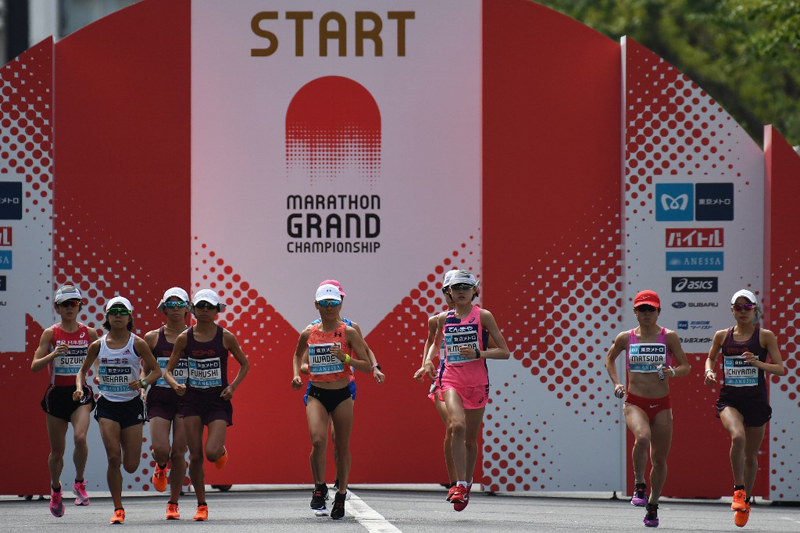The International Olympic Committee has confirmed that both the marathon and the race walking at next year’s Olympic Games will take place in Sapporo and not in Tokyo as originally planned. This is despite repeated assurances from Tokyo’s Governor, Yoriko Koike that the Japanese government wants every aspect of the Olympic spectacle to take place within the nation’s capital city.
2020 Olympics – Marathon event moves to Sapporo
The marathon is one of the most high-profile events of the entire Olympic Games. It invariably attracts significant viewers and sports betting, so it is understandable that the decision has not been welcomed in the corridors of power. However, John Coates, who chairs the International Olympic Committee (IOC)’s Coordination Commission was adamant. At a recent press conference, he said: “It’s not a matter of if the Tokyo government insists, the decision has been taken.”
Avoiding a repetition of Qatar
It seems certain that the IOC had more than half an eye over its shoulder and was determined to avoid any repetition of what happened in Qatar at the recent World Championships. Despite moving the event to midnight, 28 of the 68 starters withdrew, due to 32C temperatures and conditions that were described as “hellish.”
On that occasion, the International Association of Athletics Foundations (IAAF) came in for some harsh criticism from runners, coaches and the viewing public. Athletes were seen collapsed on the ground in the humid conditions, with some being taken away in ambulances and others needing wheelchair support.
Canada’s Lyndsay Tessier, who made it across the line in ninth, described the sight of fellow athletes going down as “extremely scary,” and said she was “just really grateful to have finished standing up.”
A move to the north
As well as putting the runners at unacceptable levels of risk, the events in Qatar made a mockery of any sort of sporting spectacle. The IOC will be only too aware that next year, the marathon will be under even greater scrutiny, due both to it being on the Olympic stage and in view of recent events. Ultimately, then, the decision to relocate it from Tokyo is unsurprising.
Japan’s capital typically experiences temperatures of 30C or more in July and August, and conditions are made worse by high humidity levels. Sapporo, which is best known for hosting the Winter Olympics in 1972, is on Hokkaido, the northernmost island in Japan. It is around 1,000 KM north of Tokyo, with lower humidity and temperatures that are, on average, five to six degrees cooler.
Government demands answers
While John Coates and the IOC insist that the decision is made, there is dissent, anger and confusion in the host nation. Governor Koike says Tokyo’s residents want to see the marathon and the walk in their home city, and that they have the government’s support.
She suggested to international reporters that the IOC had taken a high-handed approach in moving the events without consultation or discussion, and said: “Who proposed this? When did they propose it? These are all things I want to discuss.”




























[…] The International Olympic Committee has confirmed that both the marathon and the race walking at next year’s Olympic Games will take place in Sapporo and not in Tokyo as originally planned. This is despite repeated assurances from Tokyo’s Governor, Yoriko Koike that the Japanese government wants every aspect of the Olympic spectacle to take place […] Time-to-Run Australia […]